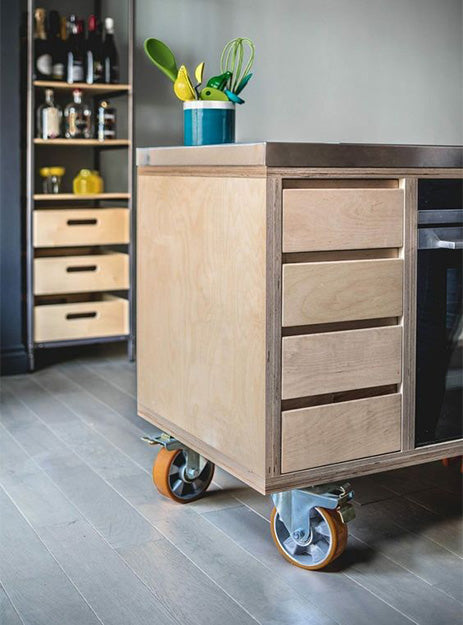
Unveiling the Origins: The Fascinating History Behind the Term "Caster"
- 25 Apr, 2024
The term "caster" is commonly used to describe the swiveling wheel and mount assembly found on furniture, carts, and other objects that require mobility. Have you ever wondered why it's called a caster? Let's unravel the history behind this term and discover its origins.
Origins of the Term "Caster"
The term "caster" is derived from the word "castor," which has its roots in Latin. The Latin word "castor" means "beaver," and it is believed that the term was originally used to describe the wheel assembly because of its resemblance to a beaver's tail.
Evolution of the Caster Wheel
The use of caster wheels dates back to ancient times when rudimentary forms of wheeled transportation were used to move heavy objects. These early wheels were often made of wood and were mounted to carts and wagons to aid in their movement.
Over time, the design of caster wheels evolved, with advancements in materials and manufacturing techniques leading to more durable and versatile wheels. Today, caster wheels are made from a variety of materials, including rubber, plastic, and metal, and are used in a wide range of applications.
The Role of Casters in Mobility
Casters play a crucial role in enabling mobility, allowing objects to be easily moved and maneuvered. They are used in a variety of settings, including homes, offices, hospitals, and factories, to provide convenient and efficient transportation of goods and equipment.
Types of Casters
There are several types of casters available, each designed for specific purposes and environments. Some common types of casters include:
Swivel Casters: These casters have a swivel mechanism that allows the wheel to rotate 360 degrees, enabling easy maneuverability in any direction.
Rigid Casters: Rigid casters do not swivel and are designed to move in a straight line. They provide stability and are often used in combination with swivel casters for optimal mobility.
Locking Casters: Locking casters have a mechanism that allows the wheel to be locked in place, preventing movement. This is useful for keeping furniture and equipment stationary.
Why the Term "Caster" Endures
The term "caster" has endured over the years due to its simplicity and versatility. It effectively describes the function of the wheel assembly, which is to "cast" or move objects. The term is widely recognized and understood, making it a practical and convenient term to use.
Conclusion
The term "caster" has a rich history that dates back to ancient times. Its origins in the Latin word "castor" and its association with beavers highlight the longstanding use of wheeled transportation in human history. Today, casters play a vital role in enabling mobility in a wide range of applications, from furniture and carts to industrial equipment and medical devices. The term "caster" continues to be a relevant and descriptive term that accurately conveys the function and purpose of these essential components.












